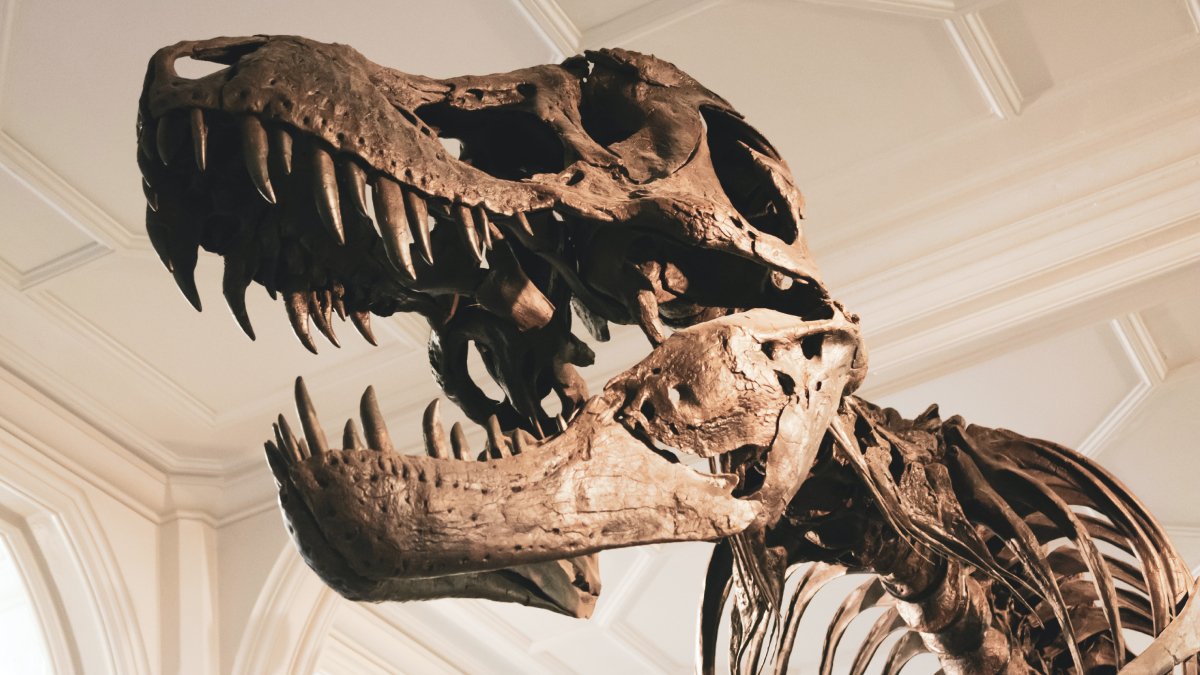Retired Doctor in UK Discovers New Dinosaur Species With a ‘Bulbus’ Nose
A new species of dinosaur has been discovered in the lands of Britain, from the Lower Cretaceous Wessex Formation of the Isle of Wight. The dinosaur has been distinguished from the earlier known species because of its extremely large nose. The discovery was made by Jeremy Lockwood, a retired general practitioner, who spent four years and the entire lockdown rummaging through dinosaur bones. Lockwood is currently studying for a PhD at the University of Portsmouth. He found the new species of dinosaur while cataloguing every bone discovered in the Isle of Wight from the collections kept in the Natural History Museum in London and the Dinosaur Isle museum on the Isle of Wight.
Lockwood named the new species Brighstoneus Simmondsi — Brighstoneus after the village of Brighstonenear the excavation site, and Simmondsi after Keith Simmonds, the collector who helped find and excavate the specimen.
The research report was published in the Journal of Systematic Palaeontology. For over a century, the Isle of Wight was known for housing only two kinds of dinosaurs: the herbivorous Iguanodon bernissartensis and Mantellisaurus atherfieldensis. However, Lockwood soon found a specimen with an unlikely “bulbous” nasal bone.
“I was convinced that subtle differences between bones would reveal a new species, so I set out to measure, photograph, and study the anatomy of each bone,” Lockwood was quoted as saying by The Guardian.
The plant-eating dinosaur is estimated to have been about eight metres long, weighing about 900kg.
Lockwood was earlier involved in the discovery of another new dinosaur species, the “heal heron”. These discoveries suggest that there’s more to the history of British dinosaurs than is currently known. These discoveries also question the convention of assigning fossils found in the Isle of Wight to the Iguanodon or Mantellisaurus species.
Lockwood reconstructed the skull of a specimen from bones that had been excavated and stored since 1978. The resulting skull gave him striking features that set it apart from the earlier known species on the island. Unlike the Mantellisaurus that had 23-24 teeth, this specimen showed 28 teeth. This one had a bulbous nose while the others had straight noses. Other small differences also contributed to the uniqueness of this species.
For all the latest Technology News Click Here
For the latest news and updates, follow us on Google News.

